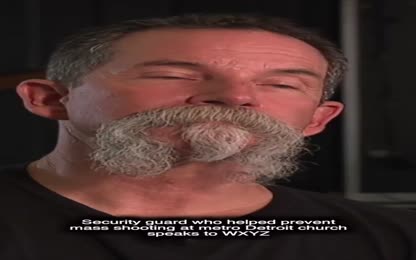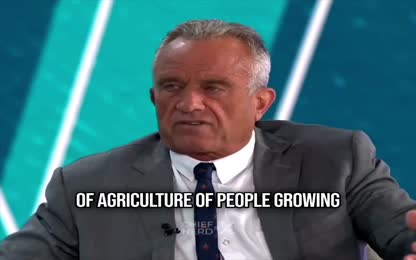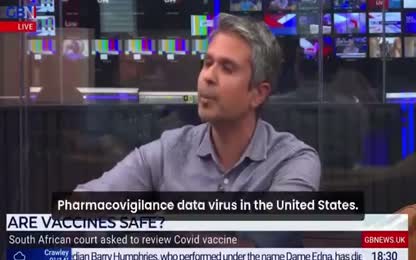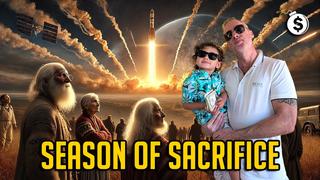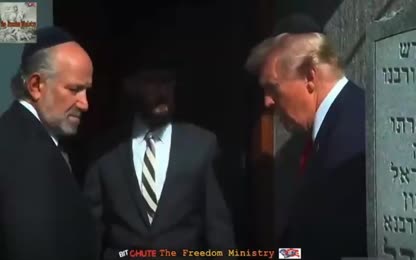Advertisement
Winter Soldier Investigation - Testimony by Vietnam Veterans Against the War (A-Side)
Testimony by 10 Vietnam veterans. -- Faneuil Hall, Boston. -- October 7-9, 1971 -- A-side
- Category: Uncategorized
- Duration: 08:20
- Date: 2022-08-06 00:51:30
- Tags: war, vietnam, war is a racket, murder for hire, population control
0 Comments
Video Transcript:
The Old Desmond, Captain United States Air Force Graduate of the Air Force Academy. My name is Gary Rafferty. I'm a PFC. I served in Vietnam from May 70 to April 71. I was with headquarters and later with Alpha Battery of Second Italian 94th artillery. I served in the Northern I Corps, DMZ area, and we supported the law as incursion. Film Memorial, Jr. Captain US Air Force. Five years of active duty. I was in the 60th and first tactical control squadron, stationed in Thailand in 1968 for one whole year. My name is Dave Schmidt. Sergeant US Air Force has served in Vietnam. In July 1967, February 1968, and photo reconnaissance with the 460th attack recon wing. I'm Tom Mangett and I flew B66s, but I had some real good buddies, one of whom I spent 18 months with in Navigator School. He beat me out by 910s at the point for the only F4 that my class got. Six weeks after he got over to Vietnam, about two weeks after I got over there. I read the intelligence reports and I followed them down to like that tooth and nail. They'd been hit. A Navy destroyer had seen the F4 inverted hit into the Gulf. And those people who are listed as missing. No shoots, no beepers, F4, and F4 inverted at Gulf. John's not missing. John's dead. One of John's classmates in the Air Force Academy had to go over to Germany to see his wife, to tell his wife that John was dead. As a pilot, you feel safe in a plane, or at least I always did. There's a certain amount of fall safety in being surrounded by your aircraft. So you don't feel it's directly threatened, even though the anti-aircraft may be going up all around you as a ground troop does. And there's, you live in a false world too. I mean, it's one in which you live on numbers. You live on what you put down on paper. What you report back. That tree that went up in that clot fire becomes your secondary explosion. And you have to leave it. You dropped your bombs on an imaginary target, but it becomes more or less real because you reported it and put it on paper. But you don't kill people. I'm supposedly responsible for some deaths myself. But it took me a long time to feel it at all. And even now, I don't feel that I killed anyone. Really deep down in my guts. My first three months I was in Vietnam was in a place called a Dong Ha Combat Base, which was about 10 miles from the Z. And it's quite removed from the war. I was at battalion headquarters. And we had a battalion fire direction center where it was a big white bunker and had air conditioning. So the computer wouldn't break so much. They didn't care if we died of heat exhaustion. We just wanted the computer to break. And it was a white bunker. And it was really insane because we'd be sitting in a bunker plotting fire data for pages and pages of grids that we'd get from higher up. And it seemed like it was very removed. You know, if you had coffee and all kinds of things and you could relax. And it was really insane because when you stopped to think about it, you were chilling people. But you never saw the blood. In March of 1968, the message came down to us that a Takan, a radio navigation system and a portable radar site, in a place called Fu Phi Tai, which is near the Laotian North Vietnamese border, had been over the ground by the path of the Lauer of the Hong Troops. Now this radar station was manned by 21 American servicemen, mostly Air Force, administratively under the control of the 621st Dak control squadron out of Udon itself. Udon being in Thailand. However, these Americans were classified as air out of shade at a VN 10 and carried no weapons. They were guarded by the Royal Laotian Army. Their main job, of course, was to monitor the radio frequencies and give assistance if possible to flights coming off of North Vietnam and also to maintain the navigation equipment at that site. In March of 1968, when that's the same month that the occurrence of the Mi-Li took place, this station was attacked by enemy forces and an attempt was made to air-evac the Americans of Laotians out. We were only able to evacuate seven Americans from this small station. The other 14 were classified as missing an action. However, this story doesn't really end there because as I found out when I trained with the F105 outfit at the Karat Royal Tai Air Force base, the great equality of our fighter bombers went in the day later and completely leveled this former station. The real purpose, of course, was to prevent the equipment from falling into the enemy hands. But the thought occurred to me and to many people who witnessed this. What had happened to the Americans and Laotians who were at that station? North Temp was made to rescue them. Rather, had they still been there, they would have been destroyed by the bombing. On one of the raids in Laos and the Ho Chi Minh Trail, our wonderful technology broke down. This was the end of October 1967 and the planes missed the trail by one mile and wiped out a lay-out in village. Nothing was standing. In November of 1967, the technology broke down again. The desire to bomb out the bridge over the Red River just south of Tenoe, stopped the traffic coming down to the Hong Kong and then going on to the Ho Chi Minh Trail on coming to South Vietnam. To achieve this, a flight of F4Cs were sent in with full bomb loads. When we sent in our birds, planes, take pictures of it and the pictures were developed and the information read off it. Nothing had hit the bridge and instead of the bridge, the civilian areas on each side of the river were leveled. Since we had missed the bridge, another flight was sent in and another mission was ordered. When the pictures were evaluated, nothing had been hit. This just the civilian areas again. The fourth time that we sent in a full complement of F4Cs to blow this bridge up, one bomb hit the center span, everything else on all four flights at hit civilian population areas. This goes on all the time. I would say that in the evaluation that we did in the seven months that we worked on, that I worked personally on film over in Vietnam, that if we had an accurate strike out of 15 tries, then the people should be complemented because that was how lousy it was. The problem that we all have to realize is that no matter how clean it is, dropping a bomb from a plane, whether it be a 52 or a 50,000 feet or an A-slicks of 500 feet, that when you get on the other end, it's people. And it's children. We were talking a little bit about responsibility when Dan Ellsberg was here. Being part of a machine like the Air Force, we were working on the processing film and evaluating what that film shows, having no contact at all with where those pictures were taken, the pilots having no contact at all, they fly over and then automatic system takes the pictures. It's not until I saw a napalm strike in person that I felt there was anything going on, much less anything wrong.










 Donate
Donate